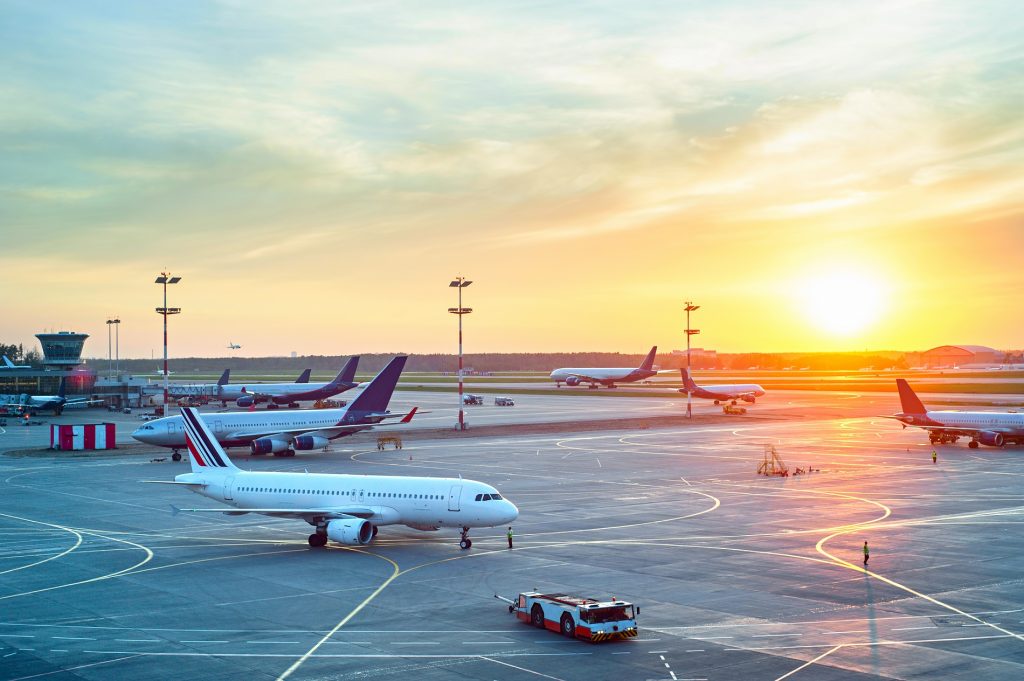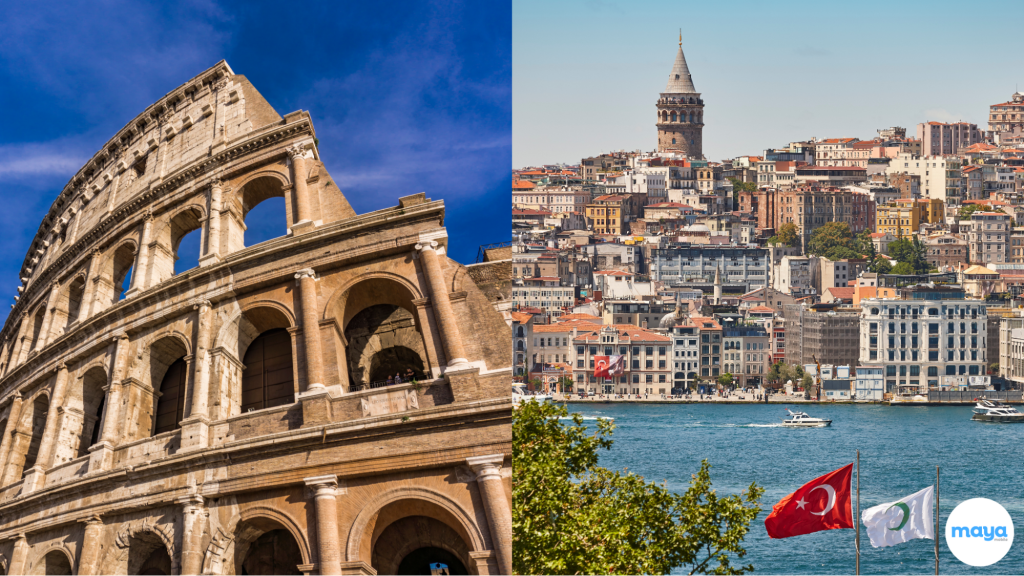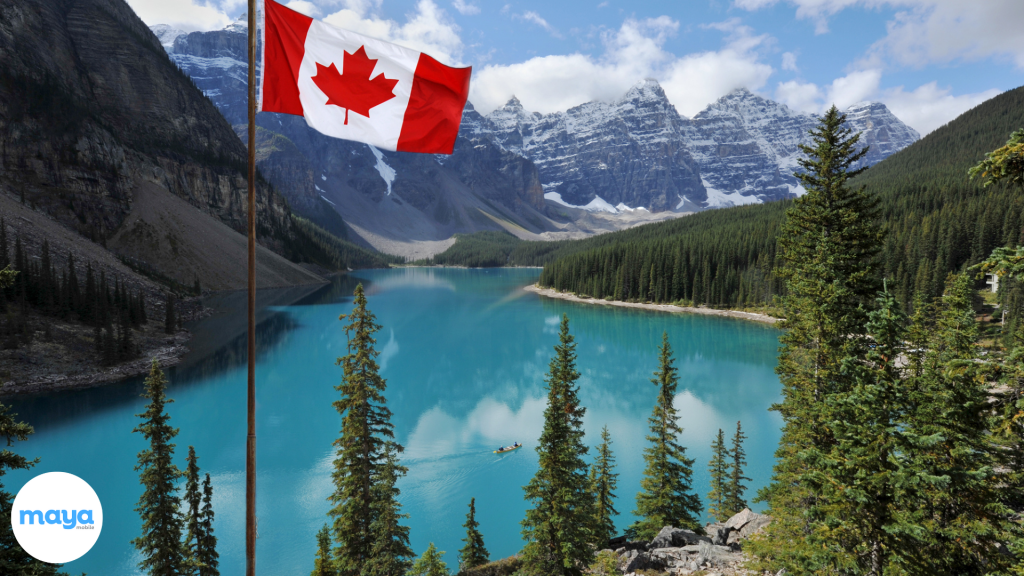You just Googled it: “Thailand monsoon season.”
So, you’re planning a trip to Thailand… I guess.
And now you’re wondering: Is it really worth it?
Short answer? Yes.
But it depends on how you plan.
So let me walk you through what the Thailand monsoon season really looks like.
From where to go and what to expect, to local insights, smart packing tips, and how to stay connected when the skies turn, everything you need to plan your trip is right here.
So, keep reading.
When Is the Monsoon Season in Thailand?
Thailand’s rainy season is driven by two distinct monsoons, affecting regions differently. Here’s the updated breakdown for mid-2025.
Monsoon Timeline by Region
- West Coast (Phuket, Krabi, Andaman Sea)
- June–October: Peak rains arrive mid-May and build to a high point between Sept-Oct.
- Average rainfall: 260–325 mm per month during peak monsoon.
- East Coast (Koh Samui, Koh Tao, Gulf of Thailand)
- October–December: Heavy rainfall typically occurs mid-Oct to early-Dec.
- Samui sees its heaviest rainfall in Nov–Dec, surpassing 212 mm/month.
- North (Chiang Mai, mountainous areas)
- June–September: Summer monsoon brings heavy but often short showers.
- Rain peaks in July–August, with monthly totals hitting ~220–290 mm.
- Central (Bangkok, Ayutthaya)
- Mid-May–October, with the wettest months in September (~336 mm) and October.
TL;DR:
| Region | Monsoon Season | Peak Rainfall | Avg Rain (mm/month) |
| Phuket, Krabi | June–October | September–October | 260–325 |
| Koh Samui, Koh Tao | October–December | November–December | ~212+ |
| Chiang Mai | June–September | July–August | 220–290 |
| Bangkok | Mid-May–October | September (~336 mm), October | 300–340 |
Ref: Thailand Weekly Weather Summary – July 2025. (Check live rainfall updates before your trip.)
What the Thailand Monsoon Season Actually Feels Like
When people hear “monsoon season,” they often imagine relentless rain, flooded streets, and ruined travel plans.
But the reality in Thailand is far less dramatic and often quite manageable, especially if you understand what to expect.
Let me break it down.
Daily Weather Pattern
- Mornings: Usually clear and dry. Ideal for sightseeing and outdoor plans.
- Afternoons: Sudden, heavy showers (30–90 mins). High humidity.
- Evenings: Often dry again. Cooler and breezy.
Temperature & Humidity
- Stays warm: 28°C to 34°C (82°F to 93°F) approx. year-round.
- Humidity is high. Cities like Bangkok can feel sticky. Northern areas like Chiang Mai are more breathable.
What It’s Like on the Ground
If you’re a nature lover or photographer, this is your season.
- Forests and rice paddies turn vivid green
- Waterfalls are full and powerful
- Wildlife is active, especially birds and butterflies
- The air feels cleaner and fresher after rain
Trekking in the north? Just bring non-slip shoes, trails can be muddy but gorgeous.
Things to Watch For
- Flash floods can happen in rural or mountain areas. Check with guides before trekking.
- Red flags on beaches mean unsafe tides don’t swim.
- Ferries, especially around Phuket and Krabi, may cancel in Sept–Oct storms.
- Low streets in cities flood fast, so stick to main roads during heavy rain.
Is It a Good Time to Visit Thailand? Pros & Cons
It depends on your travel style. If you’re flexible and okay with a bit of rain, this season offers surprising advantages. But it also comes with a few challenges to plan around.
Here’s a clear breakdown to help you decide:
| Category | Pros | Cons |
| Budget | Cheaper flights, hotels, and tours. | Some resorts reduce services. |
| Crowds | Fewer tourists, more peaceful spots. | Some tours may get canceled without enough bookings. |
| Nature & Views | Lush greenery and full waterfalls. | Rain can block views or cancel outdoor plans. |
| Adventure | Surf season on the Andaman coast. | Rough seas limit island hopping. |
| Weather | Cooler mornings, less extreme heat. | Afternoon rain and humidity. |
| Health & Safety | Cleaner air, fewer allergens. | More mosquitoes; higher dengue risk. |
| Cities | Museums, malls, and spas operate as usual. | Some flooding in Bangkok and Chiang Mai. |
Local tip: In Bangkok, avoid small alleys (sois) during downpours. Major roads drain faster.
Best Places to Visit During the Monsoon
Yes, it rains. But not everywhere and not all the time.
Some parts of Thailand actually shine during the monsoon. You just need to know where to go (and when). Here’s your cheat sheet:
Koh Samui & Gulf Coast
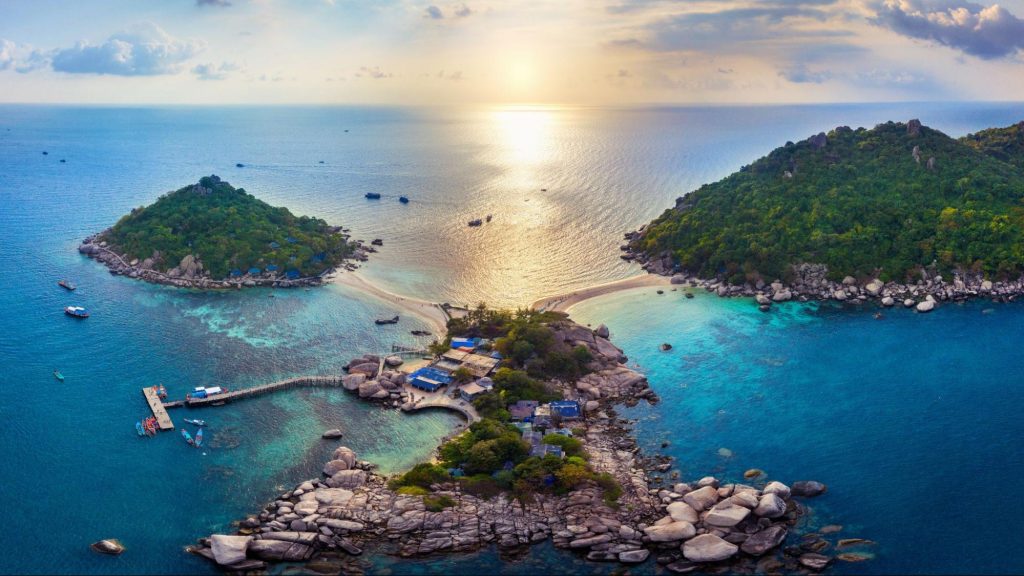

If sunshine’s what you’re here to find,
Samui’s weather will treat you kind.
From May through September, skies stay bright,
With gentle waves and sunset light.
Fewer crowds, warm island air,
A beach escape that’s calm and fair.
Chiang Mai & the North
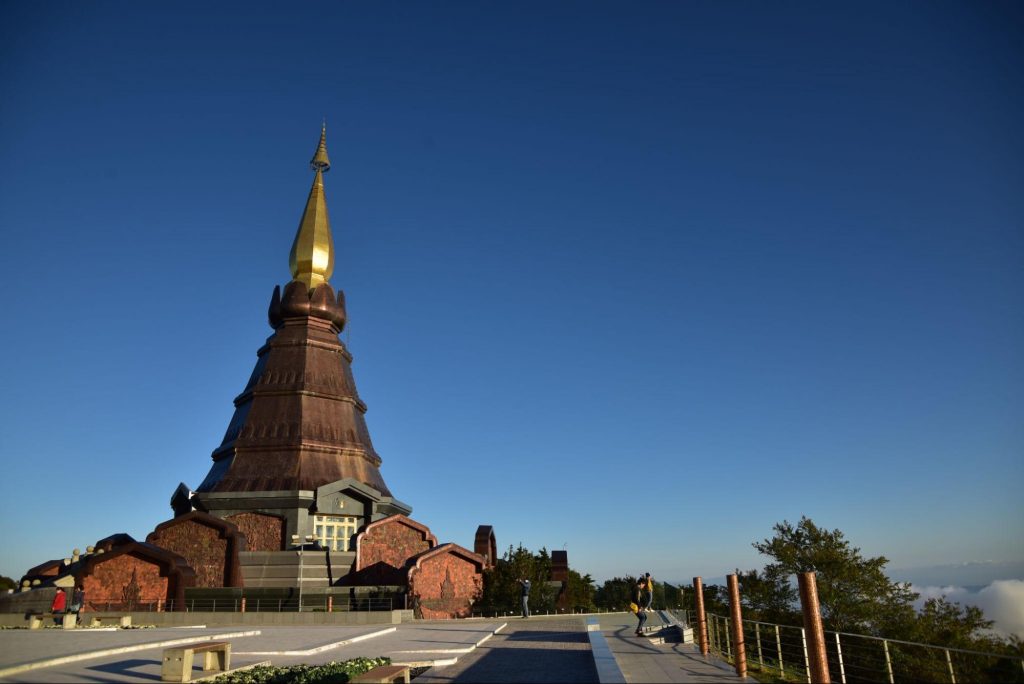

Up in the north where the mountains rise,
Rain makes the hills a green surprise.
The waterfalls roar, the forests shine,
The air is cool, it feels divine.
For nature walks and temple days,
Chiang Mai glows in monsoon haze.
Bangkok
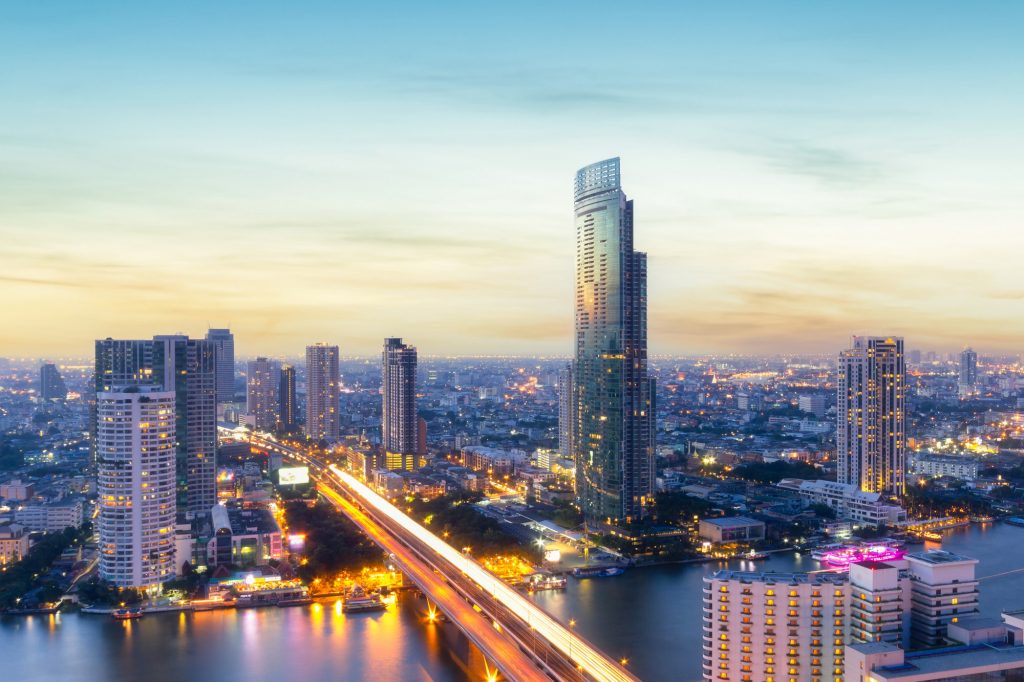

Bangkok hums, rain or shine,
Markets buzz and street food’s fine.
Museums wait with open doors,
And rooftops still pour drinks with views galore.
Pack a poncho, take your time —
The city moves to a slower rhyme.
Ayutthaya
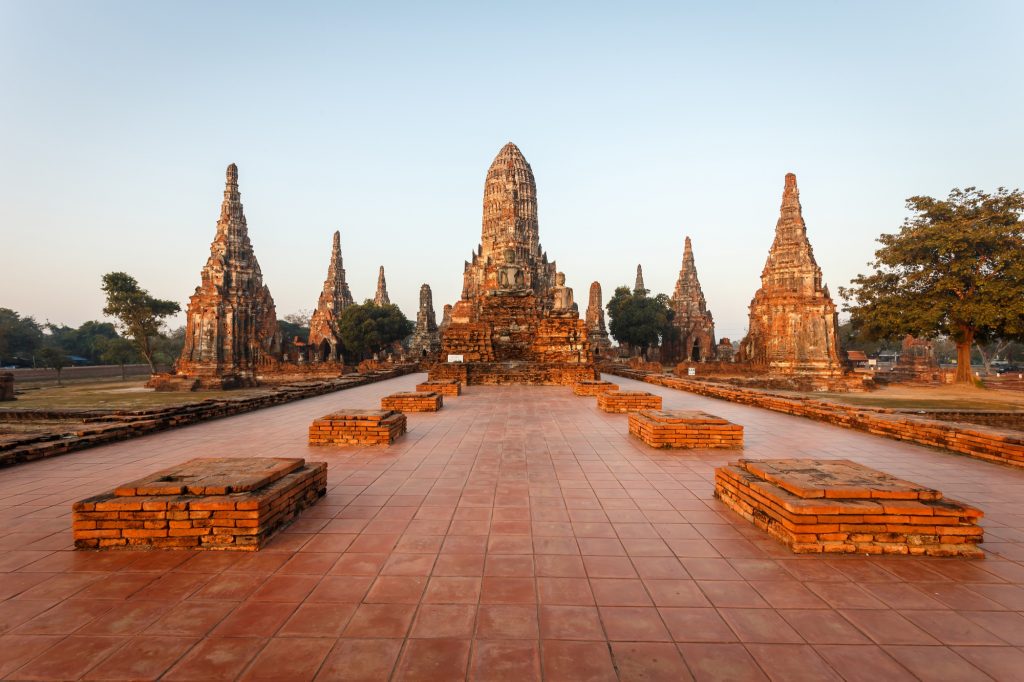

Just a short ride, not far away,
Ayutthaya makes a perfect day.
Ancient ruins, paths to roam,
A quiet walk through temples’ home.
A hat, some spray, and comfy shoes —
Rain comes and goes — no need to lose.
Pro Tip: Skip island-hopping on the west coast from July to October, the sea gets rough and ferries often cancel.
What Activities Are Worth Doing (and Avoiding)?
Rainy days come with their own charm. Warm street food, quiet temples, cozy cafés, it’s all about how you spend the day.
Here’s what’s worth your time (and what’s better saved for dry season):
Recommended Activities
| Activity | Best Region | Pro Tip |
| Cooking Class | Bangkok, Chiang Mai | Pick one with a market tour included |
| Waterfall Hikes | Chiang Mai, Kanchanaburi | Go early morning; wear grip shoes |
| Temple Visits | Everywhere | Carry a poncho; temples stay open even during rain |
| Thai Massage & Spa | All major cities | Try an herbal compress or foot spa on rainy days |
| Covered Night Markets | Chiang Mai, Bangkok | Ratchada, Warorot, and Asiatique are top picks |
| Museum Stops | Bangkok, Ayutthaya | Hit museums between 2–4 PM (peak rain window) |
| Café-Hopping | Chiang Mai, Bangkok | Ideal for remote work or relaxed journaling |
| Rooftop Drinks (Post-Rain) | Bangkok, Phuket | Best just before sunset after a short shower |
Activities to Avoid
- Island-hopping (West Coast): Rough seas from July to October often lead to ferry cancellations and choppy rides.
- Diving & Snorkeling (Andaman Side): Rain reduces visibility, not ideal for coral or underwater photography.
- Unguided Jungle Treks: Trails get muddy and slippery. Always go with a guide if you plan to explore.
What to Pack for Thailand’s Monsoon Season
Here’s exactly what you’ll want in your bag if you’re heading to Thailand during the rainy season, no fluff, just what actually helps when the skies open up:
- Rain jacket or poncho – Lighter than an umbrella, works in the wind.
- Quick-dry clothes & shoes – You’ll get wet. Dry fast, move on.
- Waterproof phone pouch – Sudden rain can kill your tech fast.
- Flip-flops or sandals – Great for puddles, wet streets, and hostels.
- Mosquito repellent (with DEET) – Essential, especially after rain.
- Power bank – Power cuts happen. Your phone shouldn’t die either.
- Small cash stash – ATMs can go offline during storms.
- Reusable bottle with filter – Safer, cheaper, and better than plastic.
- An eSIM – Instant data when you land, no shops, no swapping cards.
Bonus: Maya Mobile eSIMs allow you to switch networks for the strongest signal wherever you are.
Safety Tips for Monsoon Travelers
You don’t need to over-prepare; just follow a few smart habits, and the rain won’t slow you down.
- Use the Thai Meteorological Department app
It shows real-time rainfall and alerts by region. Check each morning so you can time your day, especially for outdoor plans. - Ask locals before trekking or exploring rural areas
Flash floods and trail washouts are real during monsoon, especially up north. Local guides know if it’s safe; ask before heading out. - Take lightning seriously
If thunder rolls close, don’t wait. Find shelter fast, especially if you’re out in open spaces or high ground. - Keep digital + physical copies of key documents
Phones fail. Cloud backups plus printed copies of your passport, visa, and bookings keep you covered.
For your read: WHO Thailand Travel Advice
Local Festivals & Events in Monsoon Season
Thailand festivals during monsoon months are full of vibrant, spiritual observances and local traditions, many of which you won’t experience if you only travel in the dry season.
Here are a few that stand out:
Khao Phansa (July)
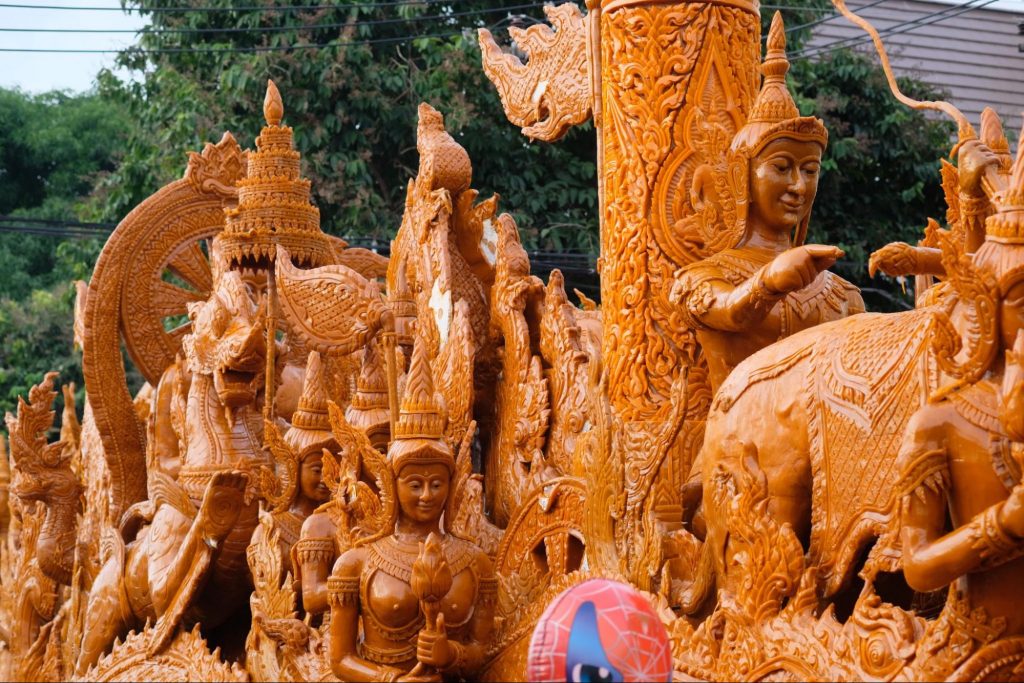

Known as Buddhist Lent, this marks the beginning of a three-month retreat for monks. Temples across the country hold ceremonies, processions, and candlelit prayers.
Where to see it: Bangkok, Ubon Ratchathani, and most provincial towns.
Phuket Vegetarian Festival (October)
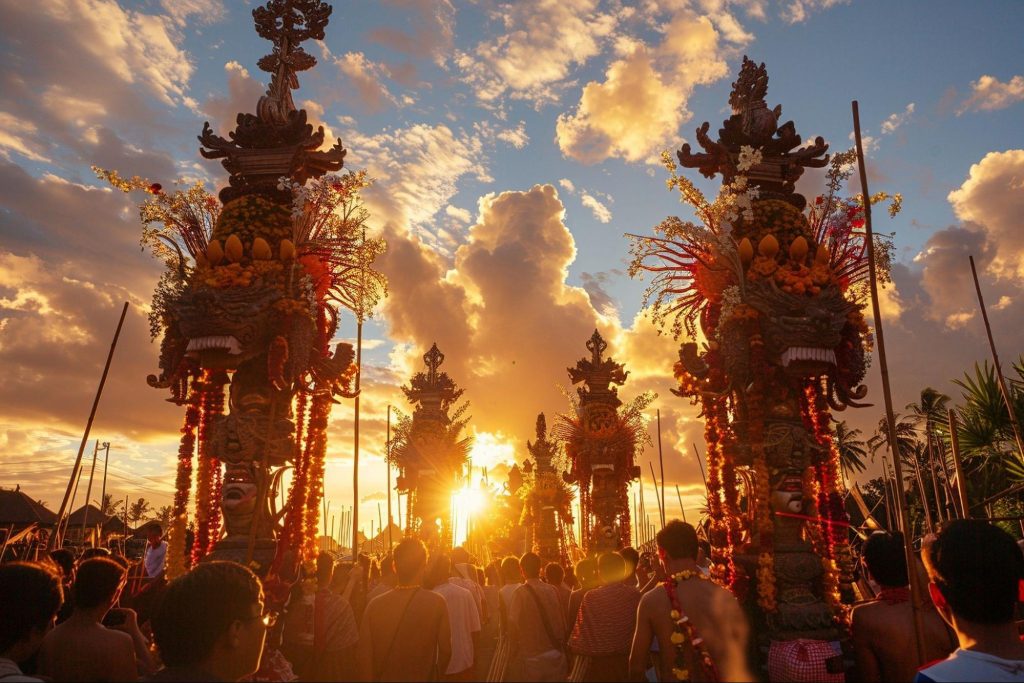

Don’t let the name fool you, this one’s intense. Think of firewalking, piercings, and street parades as participants purify themselves in honor of Chinese Taoist traditions.
Where to see it: Phuket Town. It’s loud, wild, and unforgettable.
Rice Planting Festivals (varies by region, typically May–August)
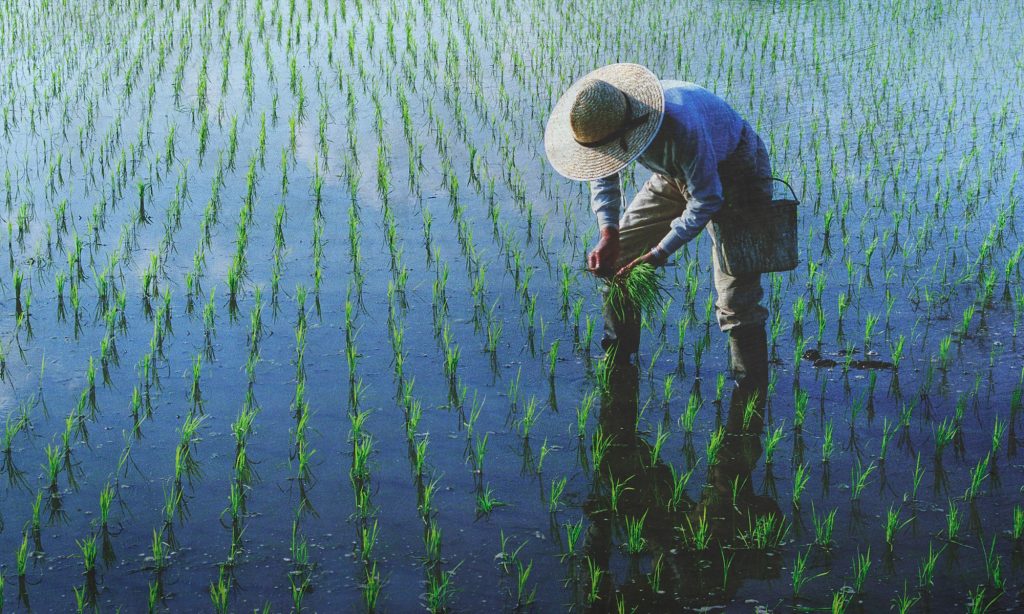

In northern provinces like Chiang Mai and Chiang Rai, farmers celebrate the start of rice season with blessings, buffalo parades, and ceremonial planting.
Where to see it: Northern villages, agricultural temples, and rural farming communities.
Sample 5-Day Monsoon Itinerary
Here’s a flexible 5-day plan that fits the monsoon rhythm
| 🗓️ Day 1 – Bangkok Arrival Check into a hotel with a rooftop barExplore IconSiam or Terminal 21, great indoor malls with food + viewsGrab dinner at a covered street food market (like Jodd Fairs or Chinatown) |
| 🗓️ Day 4 – Waterfalls & Wildlife Visit Doi Suthep early afternoon: Choose between Sticky Waterfalls or Elephant Nature Park (both weather-safe if planned right) |
| 🗓️ Day 3 – Fly to Chiang Mai Short flight (1.5 hrs), morning flights are more reliableExplore Old Town temples, cafés, and night markets |
| 🗓️ Day 4 – Waterfalls & Wildlife Visit Doi Suthep earlyAfternoon: Choose between Sticky Waterfalls or Elephant Nature Park (both weather-safe if planned right) |
| 🗓️ Day 5 – Wind Down & Depart Enjoy a Thai massage or visit an indoor art galleryFly out or continue your journey north or south |
Still Thinking It Through? Here’s the Wrap
If you’ve made it this far, you know the drill. Just plan around the weather, pack right, and stay connected, especially when plans shift or routes change.
One thing that helps? Staying connected.
Whether you’re checking forecasts, rebooking transport, or looking up indoor options nearby, having internet that just works makes it easier.
That’s where an eSIM comes in. Services like Maya Mobile let you land with data ready, so you’re not stuck finding a SIM in the rain.
Save this guide, sort your packing list, and grab a travel eSIM before takeoff.
Before You Go: Common Questions About Thailand’s Rainy Season
1. Is it safe to travel to Thailand during the monsoon season?
Yes, it’s generally safe, as long as you stay informed and plan smart. Stick to main roads during heavy rain, avoid trekking in unsafe areas, and check daily weather updates through the Thai Meteorological Department or apps like Windy and AccuWeather.
2. Does it rain all day during the monsoon?
Not usually. Most regions experience short, intense afternoon showers while mornings and evenings remain dry. It’s common to enjoy sightseeing and outdoor activities early in the day, then relax indoors later.
3. Can I still visit the islands during the monsoon season?
Yes, but it depends on which coast.
- The Gulf Coast (Koh Samui, Koh Phangan) is drier from May–September.
- The Andaman Coast (Phuket, Krabi) is wetter during that time, so plan accordingly and check ferry status before traveling.
4. What’s the best way to stay connected during the monsoon?
An eSIM is your best bet. You can avoid physical SIM swaps or waiting in airport lines. Services like Maya Mobile offer instant activation and let you switch networks for better coverage, which is handy during unpredictable weather.
5. Are any festivals worth attending during the rainy season?
Absolutely. The Khao Phansa (Buddhist Lent) and the Phuket Vegetarian Festival are rich cultural experiences that happen during the monsoon. Just pack a poncho, a little rain doesn’t stop the celebration.
Related Reads:
20 Thai Food Dishes: Discover What to Eat in Thailand
Embarking on the Ultimate Adventure through Southeast Asia


